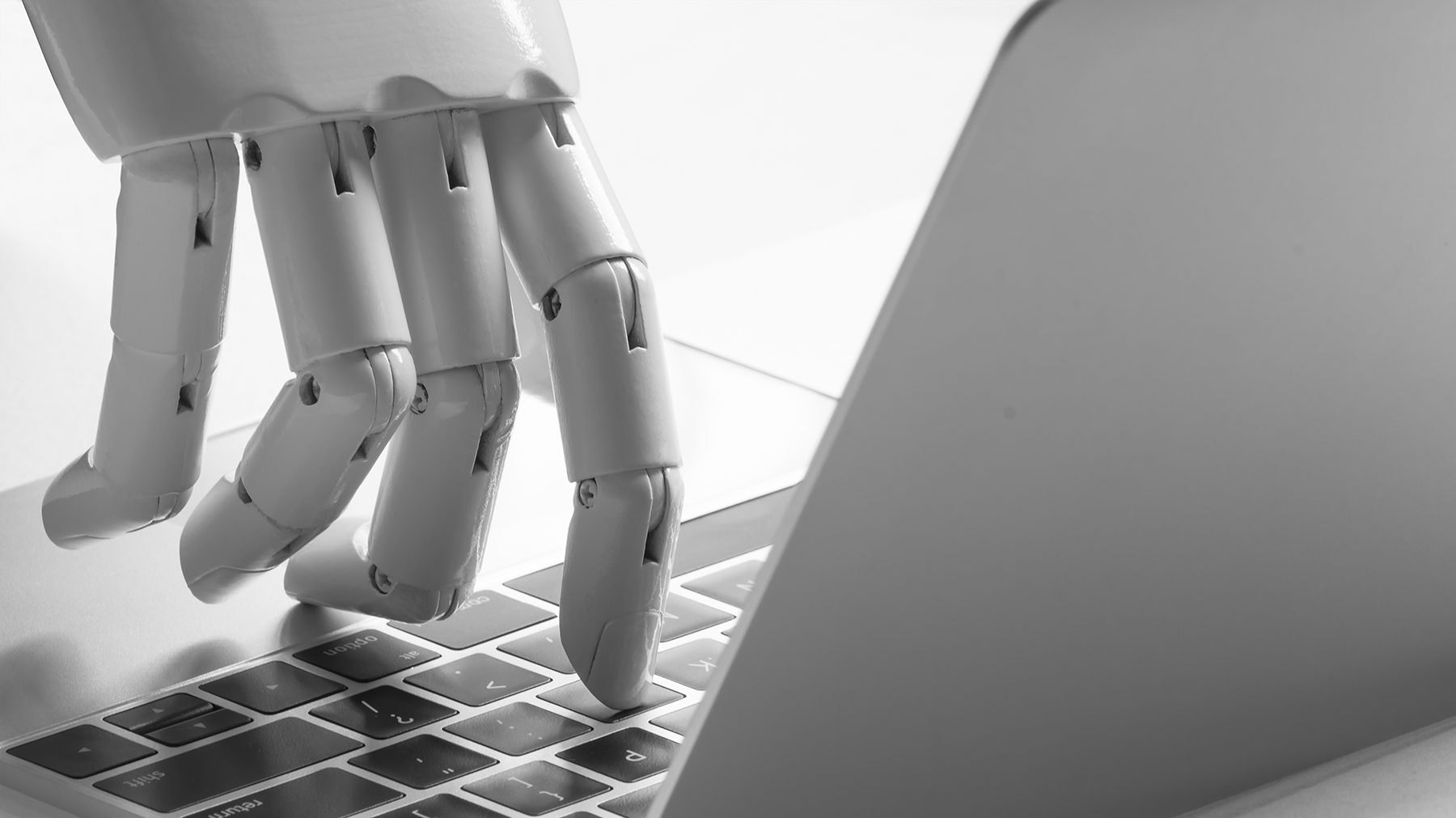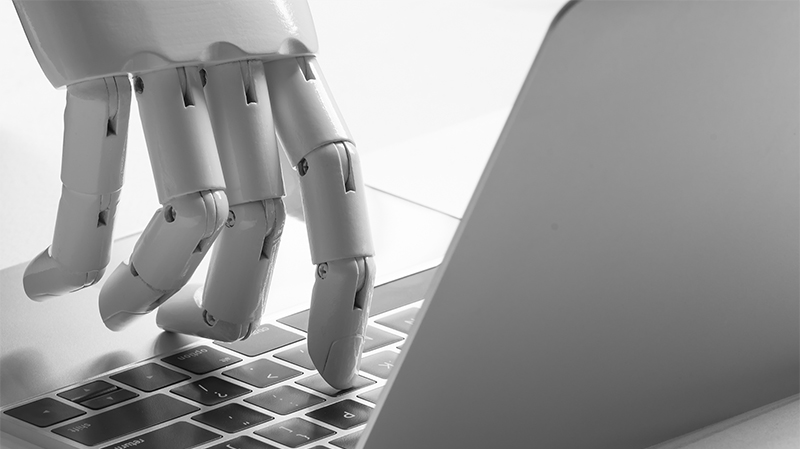In the field of law, it is often imagined that digitalisation and the practical applications of AI will be limited to mergers and acquisitions and real estate transactions. The truth of the matter, however, is that AI can already be used for much more.
In the future, it will be possible to use AI applications for communication between clients and attorneys as well as for proposing concrete solutions to clients. When used right in companies other than law firms, AI may also be able to help make in-house departments more efficient or even replace an in-house lawyer entirely.

Leveraging Automation in Contracts and Reports
It is clear that AI will be increasingly put to use in M&A and real estate transactions. As the automation of tables data and even the reports themselves progresses, vendor due diligence reports will likely become the standard beside information memorandums and teaserses. Appendices that are currently only seen in the largest M&A transactions will likely become more common in smaller deals as well, as it will be possible to just check off what appendices you want from a list based on material reviewed by an AI.
Reviews carried out by AI applications will become common beyond just M&A and real estate transactions. We are currently in discussions with some of our clients about what other types of cases could benefit from AI. The simplest way to find an answer is to ask what kinds of contracts a company has high volumes of. With these kinds of contracts, a company will often encounter a situation in which the template it has been using has to be changed to reflect a change in legislation, a business decision of the company or a practical risk that has arisen. This would be a situation in which an AI could be unleashed into the mass of similar contracts to find how many of them contain a particular relevant clause.
From the perspective of the duty of care of the board of directors, the availability of an AI application could mean that the board would be expected to use AI to identify risks. The fact that the relevant material is too extensive would no longer serve as grounds to base a risk analysis on an estimate rather than a review.
What Next?
The applications available at the moment are quite advanced, but not yet close to producing fully automated results—a great deal of human work is still needed. So, what can companies and their boards do now to prepare to make use of AI in the future?
The foundation for using any AI application is to provide the AI with a mass of digital data. If you don’t already have a digital contract database, now would be the time to establish one. AIs can also certainly improve the efficiency of legal departments. AIs only need to be programmed once to perform a certain sequence of tasks and it will have all of the company’s written data at its disposal.
The next stage is seeing how AI will change traditional communication between lawyers and their clients. When will we have a legal AI system that works like the AI developed by Duodecim for patient data systems A system like that would read the documentation provided by the client, provide direct links to legal literature, laws and government services and recommend ‘current care guidelines’ for the client’s problem.
As electronic channels are used for the majority communication in client relationships, it is only natural that it will matter less and less whether you are communicating with a human or a machine. Of course, machines will not be able to replace humans in more complex problems any time soon. This is both due to machines lacking the ability of abstract though and to the fact that these kinds of assignments are often the most attractive to lawyers—no one is looking to get rid of them.















